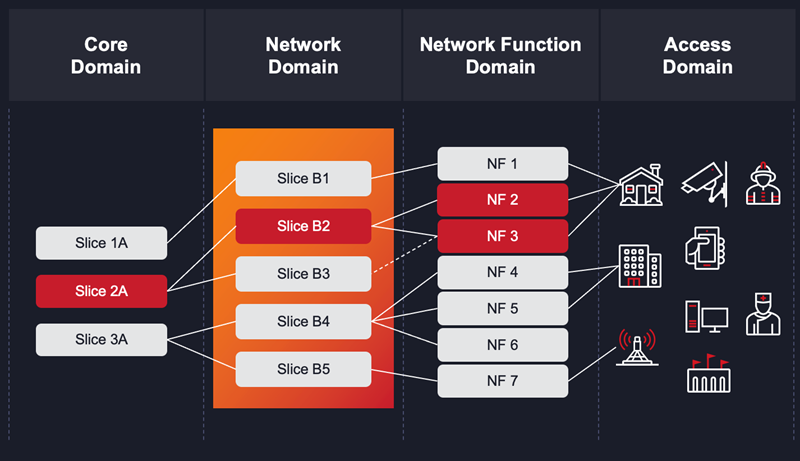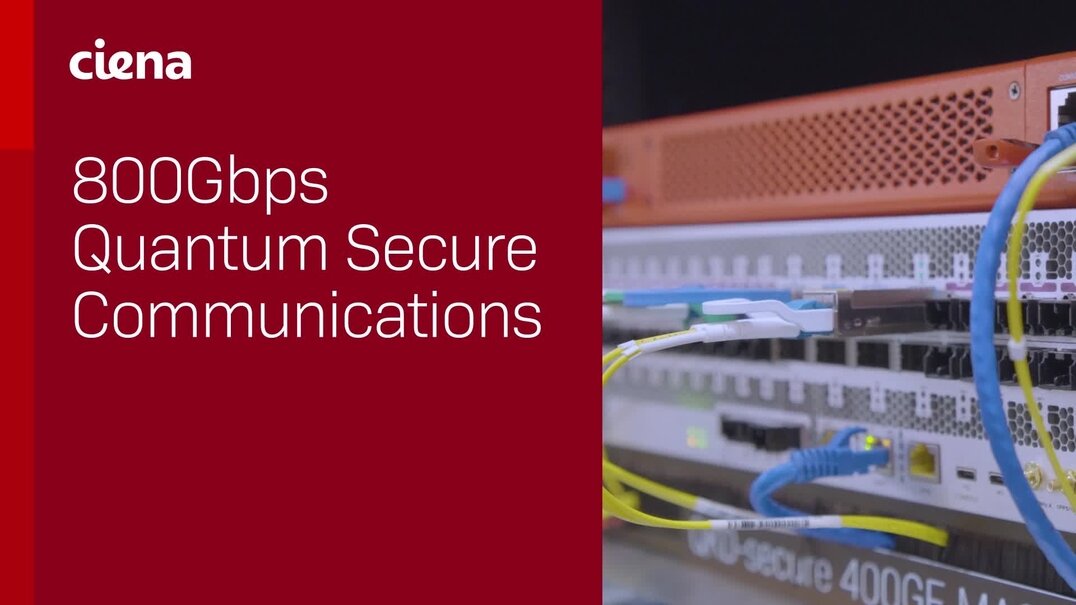Addressing mid-market opportunities by utilizing network convergence
MSOs are a dominant force in the small business market and have had recent successes addressing some large/enterprise market opportunities, organically or through acquisitions. But there is also a strong desire to grow in the mid-to-large market range, where MSOs are not as dominant.
The question is, what underlay technologies should be used to help MSOs address mid markets and can they provide added value like guaranteed SLA’s? Before we answer let’s provide some background.
As we speak, the residential network is evolving to a digital ethernet/IP network. The evolution of the analog DOCSIS plant, to the PHY or MACPHY distributed plant, provides a baseline of commonality for different services.
Another factor is the work-from-home dynamic resulting from the COVID pandemic, where work applications are now accessed through both the business and residential network. This might slide a bit back to “normal” as time passes, but it is unlikely to mean everyone will be back in the office full time – I know it won’t for me 😊.
Another factor is the mobile evolution to 5G that will enable new levels of granularity throughout the network to offer different types of services. 5G is an important vertical for MSO growth moving forward and when considering its foundation - the network (not just the mobile network), having mechanisms that know how to deal with multiple services, like network slicing, will be critical.
Finally, there is an evolution of service gateways and applications to the cloud, including public cloud and distributed compute. This is the case with 5G, which was defined to be a cloud native solution, DOCSIS which has separated the PHY layer for flexibility of software stack, and business services which have adopted things like SD-WAN and SASE, which depend on the nature of distributed compute.
So to answer the original question, what do we do about the underlay for mid-market business services? It seems that enough stars have aligned allowing the industry to have a serious discussion about service convergence on the same network, leveraging a commonality of optical networking, software, and routing and switching with scalability and SLA capabilities with useful cloud on-off ramps.
So how do we put it all together?
The first place to look for inspiration is 5G. By definition, 5G is meant to be a multi-service network, where different type of user endpoints and applications have different expectations of the same network. The network is by designed to be proactive to these different needs and how they evolve. For instance, there are several defined types of services which demand unique bandwidths or latency profiles, including enhanced mobile broadband (eMBB), ultra-reliable low-latency communication (URLLC), and massive machine type communications (mMTC). As part of 5G, there is an inherent expectation that these services will share resources, while simultaneously guaranteeing to end line customers the transmission qualities of these services.
We call the partitioning of resources Network Slicing, and there are some particular management functions that specialize in the lifecycle management of slices, from implementation and evolution. All of this done in a cloud native environment with standard interfaces which allows for multivendor participation in accordance with their expertise. At Ciena, we have particular interest and capability for the described management plane, which entails having operating systems that can be orchestrated for application-based automation.
With a bit more detail, Network slicing is an end-to-end set of partitioned but shared resources, that span different domains. A service then would have a particular blueprint of slice availability along the way. In this discussion we are focused on creating slices in the network domain.

In practice we partition network resources and guarantee SLAs by leveraging FlexE in the access portion of the networks and segment routing in the core—both standardized processes. These allow us to have bandwidth guarantees and a Class of Service (CoS) structure. The transition between the access and the core necessitates a transition map, which is not part of a standard but where vendors can show differentiation.

For the network slicing buffs, we are talking about using FlexE as a hard slicing mechanism, and SR as a soft slicing mechanism. More specifically FlexE creates rigid bandwidth channels via a TDM organization of Ethernet messaging, so it is a layer 2 solution. SR allows for actively managed routing protocols using path compute engines exercised on MPLS or IPv6 labels. We call this soft slicing. We published more in-depth results of this technique at the SCTE CableTec Expo this past October, if you’re interested in how the story ends.
In closing, as you ponder how to address mid-market business service opportunities, this could be a good time to seriously look at leveraging the digital residential network with methods beyond just DOCSIS. If done with some forethought, we can not only have a framework for mid-size services but also added capabilities of service assurance.





